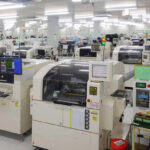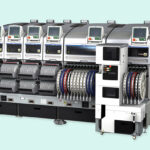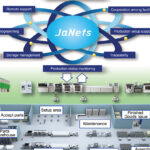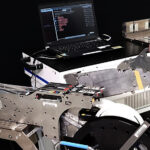ASIA ELECTRONICS INDUSTRYYOUR WINDOW TO SMART MANUFACTURING
Panasonic’s New Platform Fortifies Autonomous Factory
Panasonic Smart Factory Solutions Co., Ltd. (PSFS) has released the NPM G Series platform as a new concept mounting system that realizes autonomous factory. Thus far, autonomous factory continues has been advancing on a rapid scale to respond to market changes.
PSFS has been advancing the innovation of processes in the manufacturing industry with its two global businesses. These are the circuit forming process and thermal processing systems businesses at the core.
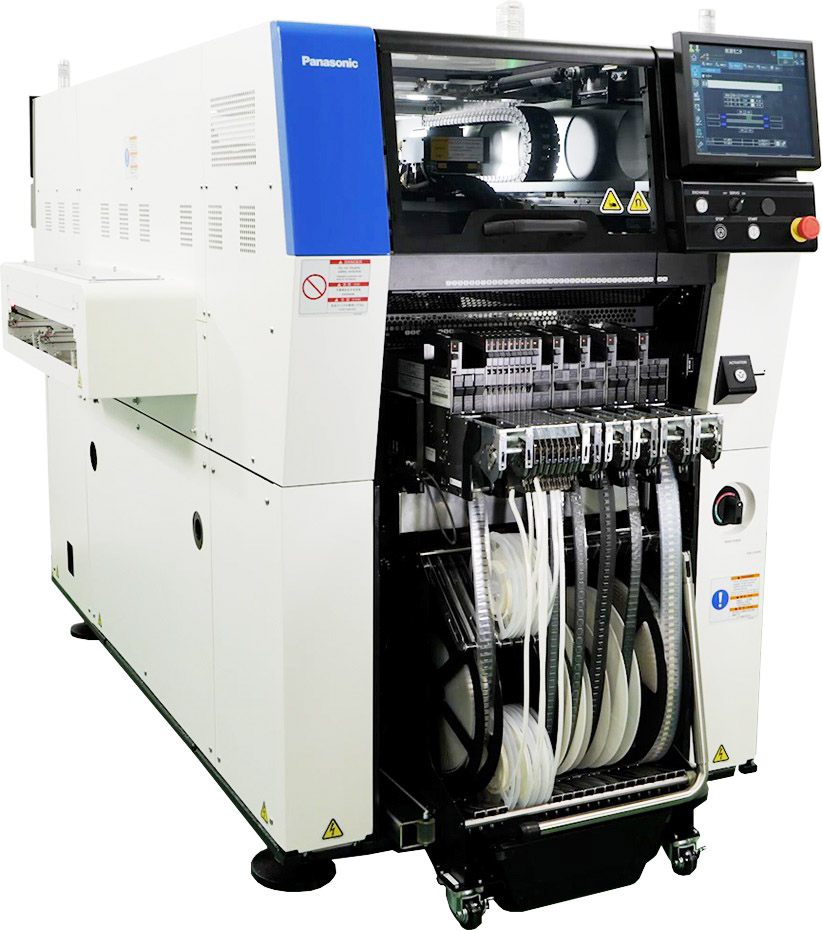
Akihiro Akiyama, President and Chief Executive Officer at PSFS said new innovations are imperative in the manufacturing industry. Moreover, to respond to customers’ needs, he said a factory must operate 24 hours a day continuously.
He said, “To this end, we need a factory capable of quickly responding to changes of the market demand and supply chain. Nonetheless, Panasonic’s Autonomous Factory will continue to evolve. We intend to resolve the challenges in the production floor with customers by providing a concrete platform.” Akiyama is also Managing Officer, Director of Process Automation Business Division, Connected Solutions Company, Panasonic Corporation.

AI in Autonomous Factory
PSFS defines five variable elements that affect the quality of products in the production process. These are huMan, Machine, Material, Method, and Measurement or 5M. The company achieves the Autonomous Factory through the evolution of 5M using artificial intelligence (AI). It has commercialized the NPM G Series as the platform to achieve the Autonomous Factory.
To illustrate, the NPM G Series consists of the NPM-GH modular mounter; NPM-GP/L screen printer; the Auto Setting Feeder or the automated components supply system; and the APC-5M system for the mounting line. They achieve stable production by following changes in 5M. furthermore, the company will release these machines in stages. The new platform for stable production combined with “sophisticated intelligence” will achieve Autonomous Factory.
The NPM-GH modular mounter features a compact and lightweight mounting head. It has achieved high productivity of 41,000cph in a high-accuracy range of ±15μm, and the industry first ultrahigh precision specification of ±10μm.
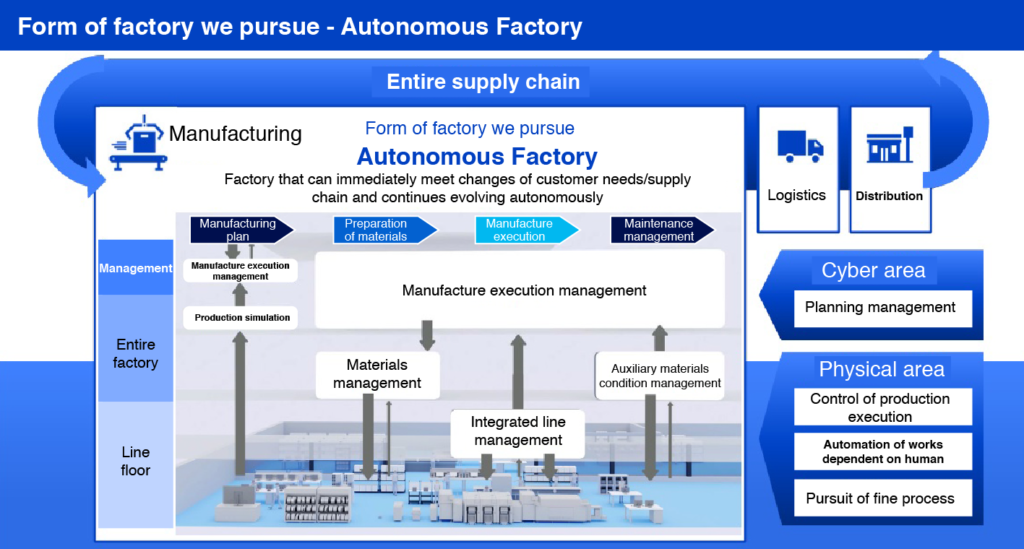
Thus, the NPM-GP/L screen printer features the world’s top class solder printing performance with printing accuracy of ±3.8μm, and cycle time of 12sec. It comes optional with functions to realize full automation. These include Mask Changer, which can store up to 10 masks for printing; and a function to automate works needed for model changeover, including automatic solder supply and collection, and the support pin auto changer.
Grows With Higher Precision
Meanwhile, the Auto Setting Feeder automatically removes cover tapes of surface mount components supply tapes measuring 4 to 104mm. This is also the first in the industry. Thus, the feeder realizes automated supply of mounting components without requiring skills.
In addition, the loading unit automatically supplies the next tape immediately when the preceding tape ends. Hence, the feeder realizes automation eliminating the intervention of human in components supply.
The APC-5M monitors variations of 5M in real time and detects changes in the mounting line. It analyzes 5M based on accumulated data, specifies the factor, and autonomously solves problems according to empirical rules.
As it accumulates experience, the system grows more with higher precision in the factory. The NPM G Series checks the conditions of units through real time monitoring of 5M. Furthermore, it achieves preventive maintenance through linkage with the host system by determining the unit that requires correction and the timing and executing maintenance function of equipment at a timing with no impacts on operation.

